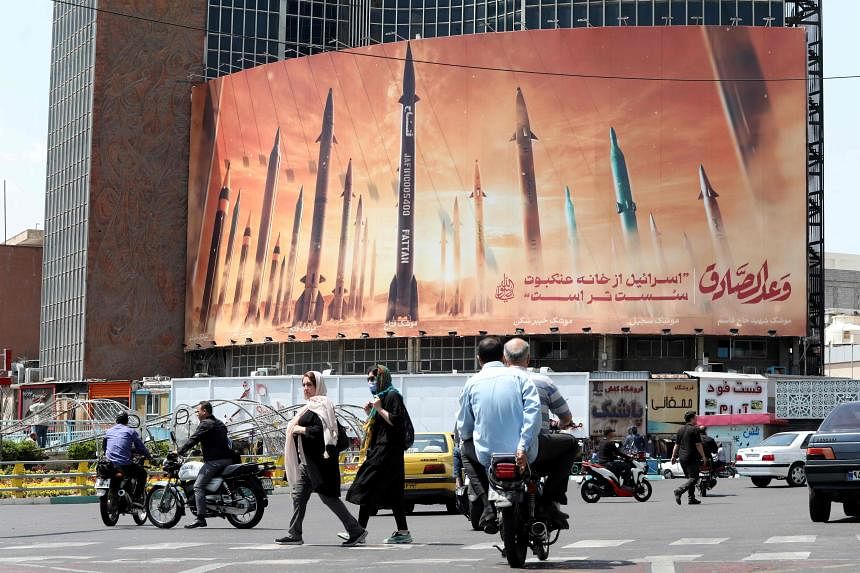NEW YORK - The Israeli air strike on Iran on April 19 damaged an air defence system, according to Western and Iranian officials, in an attack calculated to deliver a message that Israel could bypass Iran’s defensive systems undetected and paralyse them.
The strike damaged a defensive battery near Natanz, a city in central Iran that is crucial to the country’s nuclear weapons programme, according to two Western officials and two Iranian officials.
The attack – and the revelation of its target on April 20 – was in retaliation for Iran’s strike against Israel last week after Israel bombed its embassy compound in Damascus, Syria. But it used a fraction of the firepower Tehran had deployed in launching hundreds of drones and missiles at Israel.
Iran’s Supreme Leader Ayatollah Ali Khamenei thanked the country’s armed forces on April 21 for that attack on Israel, saying Iran demonstrated its power regardless of how many targets were hit.
“How many missiles were launched and how many of them hit their target is not the primary question, what really matters is that Iran demonstrated its power during that operation,” he said.
The strike on April 19 was the latest salvo in a series of tit-for-tat attacks between the two countries in April that have heightened fears of a broader regional conflict. But the relatively limited scope of Israel’s strike and the muted response from Iranian officials seem to have eased tensions.
Iran and Israel have conducted a years-long shadow war, but the conflict intensified on April 1, when Israeli warplanes killed seven Iranian officials, including three senior commanders, at the Iranian diplomatic compound in Syria, which Israel asserts was used as a military site.
Iran responded last week by firing a barrage of drones and cruise and ballistic missiles at Israel, almost all of which were shot down by Israel and its allies. But the strikes nevertheless rattled Israelis.
That attack was Iran’s first direct assault on Israeli soil, thrusting the countries’ clandestine warfare – long fought by land, air, sea and cyberspace – into open view.
The Israeli government vowed to respond, even as world leaders and Western allies, including the United States, rushed to de-escalate the situation, urging Israel not to respond in a way that could lead to a regional war.
Although Israel’s leaders came close to ordering a more extensive attack on Iran, the April 19 attack appeared calibrated to send a warning about Israel’s military capabilities – but without further raising tensions as Israel continues to fight Hamas in the Gaza Strip.
The two Iranian officials who discussed the Israeli attack said Israel had struck an S-300 anti-aircraft system at a military base in the province of Isfahan.
The officials’ account was supported by satellite imagery analysed by The New York Times, which showed damage to the radar of an S-300 system at the Eighth Shekari Air Base in Isfahan.
It was unclear precisely what sort of weapon struck the S-300 system. Three Western and two Iranian officials confirmed on April 19 that Israel had deployed aerial drones and fired at least one missile from a warplane.
Previously, Iranian officials said the attack on the military base had been conducted by small drones, most likely launched from inside Iranian territory.
Two Western officials said a missile was fired from a warplane far from Israeli or Iranian airspace, and that the weapon included technology that enabled it to evade Iran’s radar defences.
The two Iranian officials said the military had not detected anything entering the country’s airspace on April 19, including drones, missiles or aircraft. NYTIMES, REUTERS

